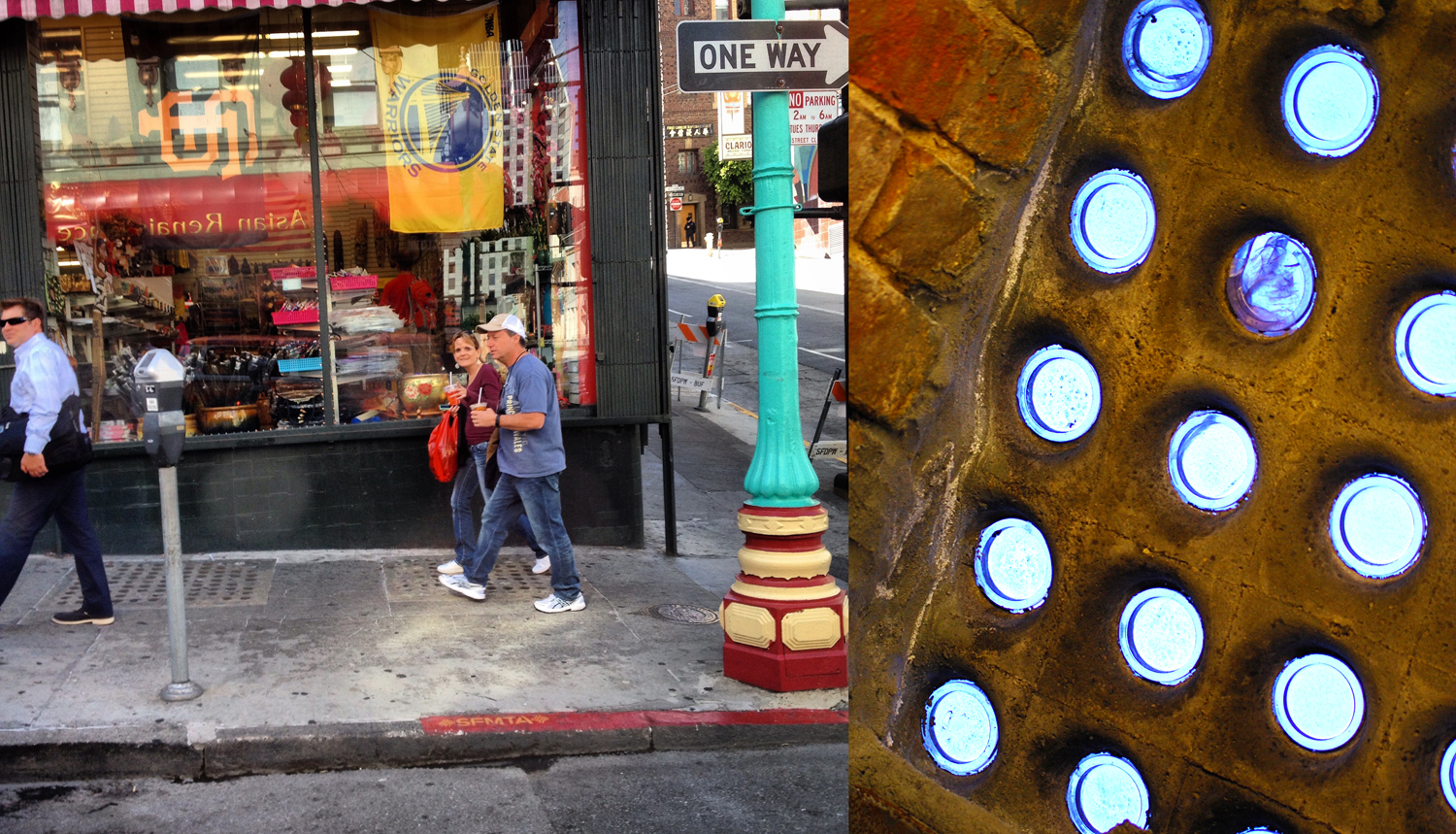Why Was This in the Ground?

Source: Reddit
A weathered glass disc emerged from the ruins of a ghost town in Romania. At first glance, it looked like an old electrical insulator. But its shape, surface texture, and ridged edges said otherwise; it was a glass sidewalk prism, most likely intended to bring daylight into an underground work place.
These prisms, also referred to as vault lights, pavement lights, or daylight air shafts, were commonplace in cities in the early twentieth century. People embedded them in sidewalks or floors to radiate daylight into basements, storage rooms, or sublevel shops.
Illuminating the Underground
Before electric lighting became the norm, architects devised vault lights to guide natural sunlight underground. The thick lenses made from glass were set in panels of cast iron, or concrete. In the end, designers glazed the sidewalks with glass dots over walkways to transmit light below while allowing foot traffic to pass through the panel above.
Once below the sidewalk or pavement, the glass prism could direct light into shadowed areas, providing visibility for working without having to incorporate electricity. Considered mostly designed with lenses, or prismatic cuts, many dug deeper into the process of gathering and spreading the light over a larger area.

Anatomy of a Sidewalk Prism
The disc that was found in Romania had some good signs of its intended purpose:
- Textured top surface for traction and light dispersion.
- Reduction of material through the concave underside to improve strength.
- Ridges along the periphery to keep the piece in place within the frame.
The principals of material conservation and strength were present in the form of the sidewalk prism to keep it efficient. Some even used tinted or colored glass pieces to diffuse the light better or divert from the direct sunlight.
Fading from View
As electric lighting became more prevalent, rather quickly the glazing of sidewalk prisms was on the decline. People removed many, simply paved them over, or let them become lost and dilapidated. Today, people can find very few examples of sidewalk prisms, as most lie hidden in historic districts or buried beneath rubble from demolished buildings.

Preserving the Design Legacy
Thus, glass sidewalk prisms reference a time in our cities when function and beauty were harmonious. It had the great utility of directing natural light into darkness; the function was effective and simple. The form that dictated the development was similar; shape, grip for secure traction, domed cavity for strength, and ridges and ledges for stability.
Finding a captured sidewalk prism is like finding a small, forgotten piece of the built environment. Whether still in place beneath pavement or unearth from the ground, they provide a little insight into how a city negotiated constraints of light, space, and user movement through clever design.
Their legacy continued—not through their use, but through the intelligence of both architectural design and user understanding.